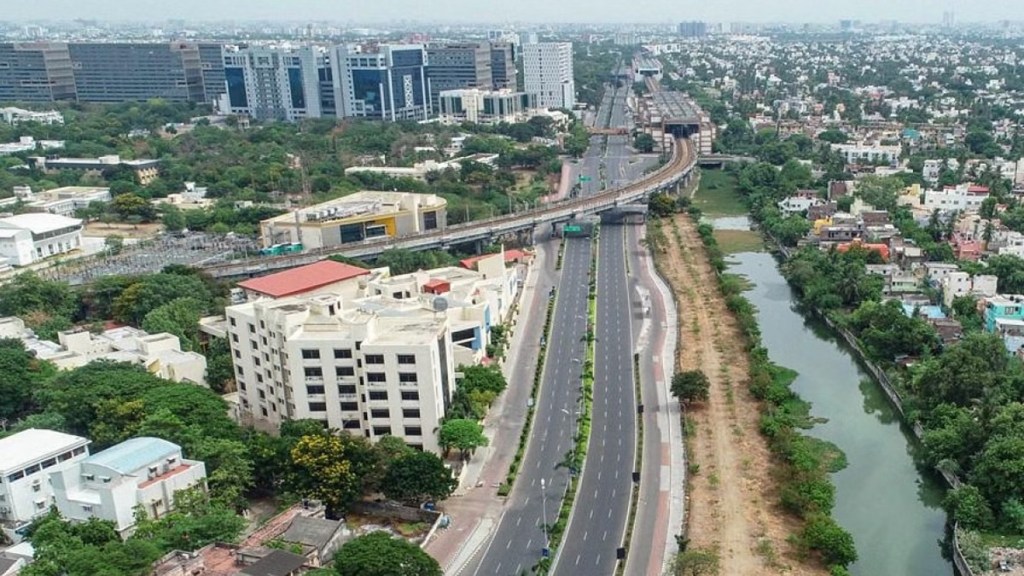Converting state roads into national highways typically involves a formal process that requires collaboration between the state government and the central government.
State roads are time and again declared as new National Highways on the basis of well-established principles. These state roads also known as state highways have to match a set of criteria to be recognised as NHs.
How does a State Highway convert into a National Highway?
The state government should identify the state roads that are considered crucial for national connectivity, regional development, or strategic importance. These roads should meet the criteria set by the central government for national highways. Before converting a state road into a national highway, a comprehensive feasibility study should be conducted to assess the economic, environmental, and social impact of the conversion. This study helps determine the viability and potential benefits of the conversion.
According to a press release by the Ministry of Road Transport & Highways, the criteria for State roads for declaration as new NHs may include some of the following:
- State roads that are in synergy with the PM GatiShakti National Master Plan (NMP) and run through the length/breadth of the country.
- Connecting adjacent countries, National Capitals with State Capitals / mutually the State Capitals, major ports, non-major ports, large industrial centers or tourist centers.
- Roads having important strategic requirement in hilly and isolated area.
- Arterial roads which enable sizeable reduction in travel distance and achieve substantial economic growth.
- Roads which help in opening up large tracts of backward area and hilly region.
- Roads contributing towards achievement of National Highways grid of 100 km.
Why is it important to convert State Highways into National Highways in India?
Connectivity: National Highways play a vital role in connecting different parts of the country, promoting economic growth, and fostering regional development. By converting state highways into national highways, the government aims to improve connectivity between states and regions, making the movement of goods and people more efficient and seamless.
National Defense: National highways often serve as strategic routes for military logistics and troop movements during emergencies or times of conflict. Upgrading state highways to national highways can enhance the country’s defense capabilities by providing better connectivity to border areas and remote regions.
Economic Growth: National highways act as crucial corridors for trade and commerce, and by converting state highways into national highways, the government aims to facilitate smoother transportation of goods and services, which can boost economic activities and attract investments in different regions of the country.
Infrastructure Development: The conversion typically involves significant infrastructure development, including road widening, improvement of road surface quality, and construction of bridges and flyovers. These upgrades enhance road safety and overall infrastructure standards in the country.
Investment and Funding: National highways often receive higher levels of funding and investment from the central government compared to state highways. By converting state highways into national highways, the roads become eligible for additional funding, which can be used for maintenance and further development.
Travel Efficiency: National highways are generally better maintained and have more amenities, such as rest areas, service stations, and proper signages, compared to state highways. Improving the quality of state roads to national highway standards can enhance travel efficiency and reduce travel time for commuters.
Regional Development: Upgrading state highways to national highways can lead to the development of surrounding areas, as improved transportation infrastructure attracts businesses, industries, and other economic activities. This, in turn, can reduce regional disparities and contribute to balanced development across the country.
Safety and Reduction in Accidents: National highways often have stricter safety regulations and are subject to more comprehensive maintenance. Converting state highways into national highways can lead to safer roads and a reduction in the number of accidents, making travel safer for all road users.
Overall, converting state highways into national highways is a strategic move by the Indian government to improve the country’s transportation network, promote economic growth, and ensure better connectivity and safety for its citizens.
